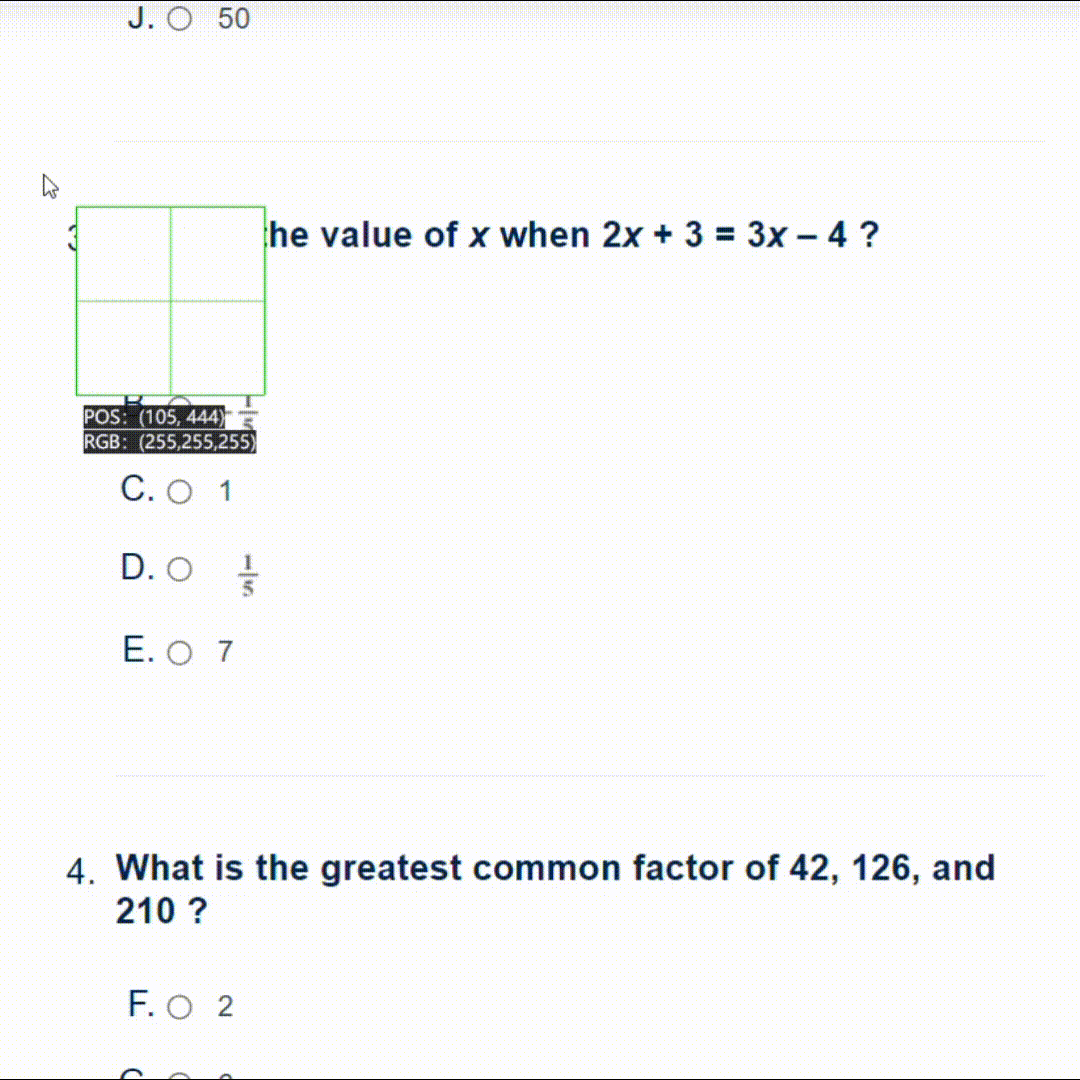Environmental Design-Sustainable Design Tool
Designing Greener Futures with AI
Design an eco-friendly living space that maximizes natural light and ventilation...
Suggest sustainable materials for building a residential home that minimizes environmental impact...
How can urban parks be designed to support biodiversity and community engagement...
What are the best practices for integrating renewable energy solutions into commercial buildings...
Related Tools
Load More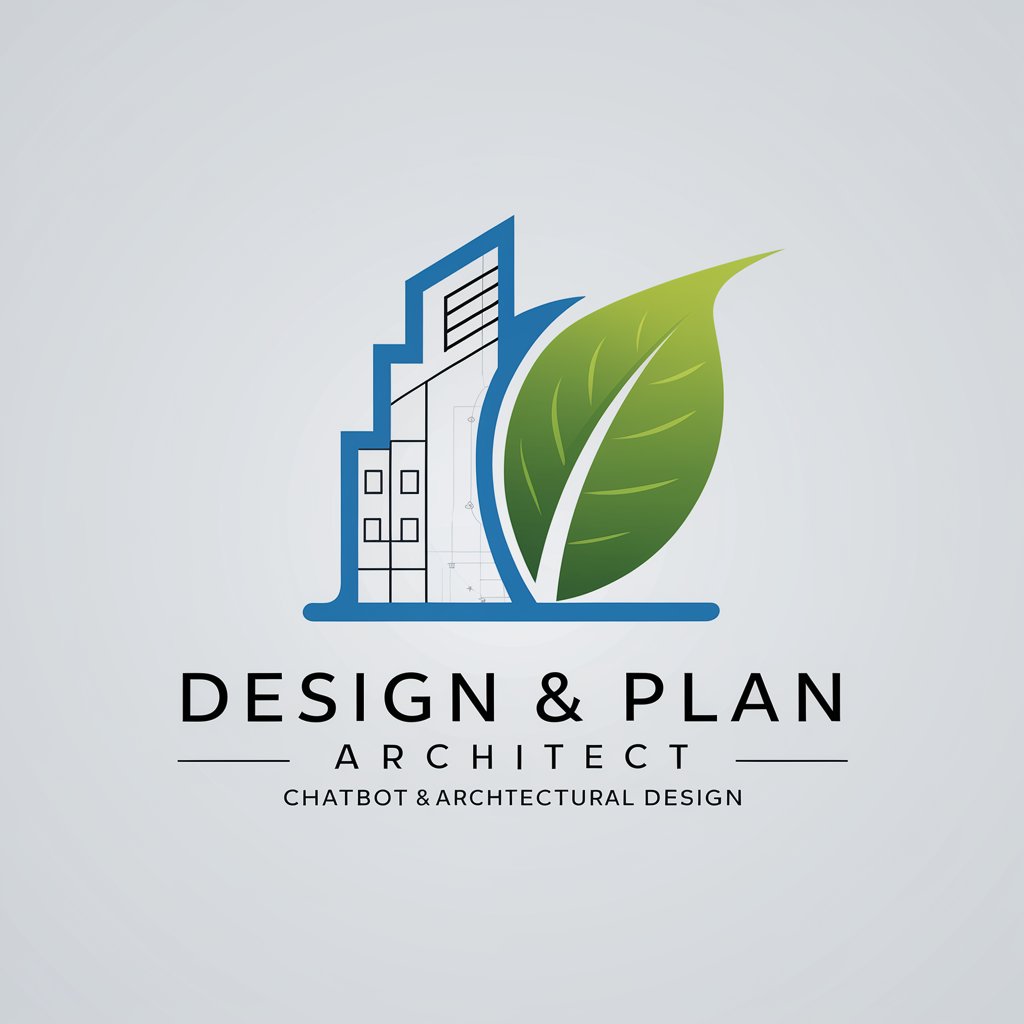
Design & Plan Architect
Votre expert en conception éco-responsable, fournissant des plans et devis ou liste d'achat des matériaux
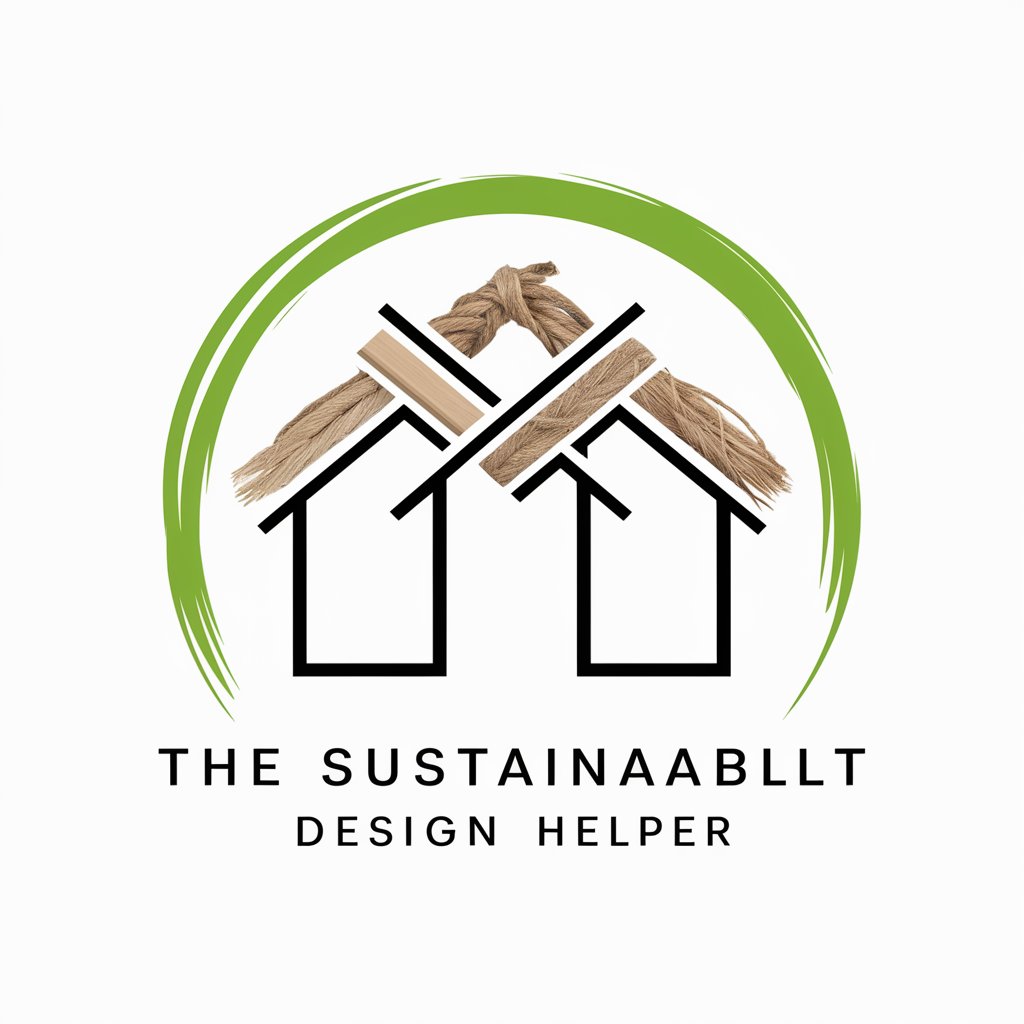
Sustainable Design Helper
Materials, methods and best practice
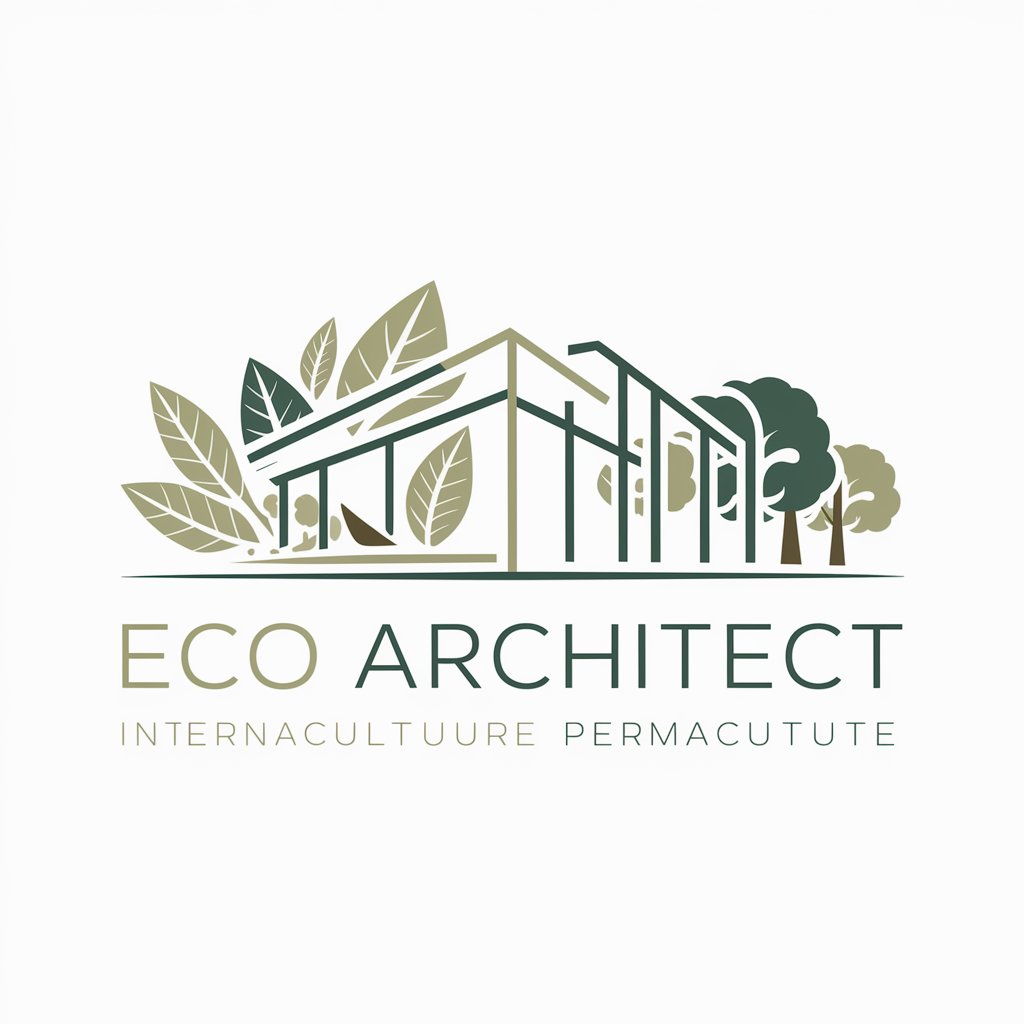
Eco Architect
Expert in sustainable & modern architecture, integrating permaculture principles.
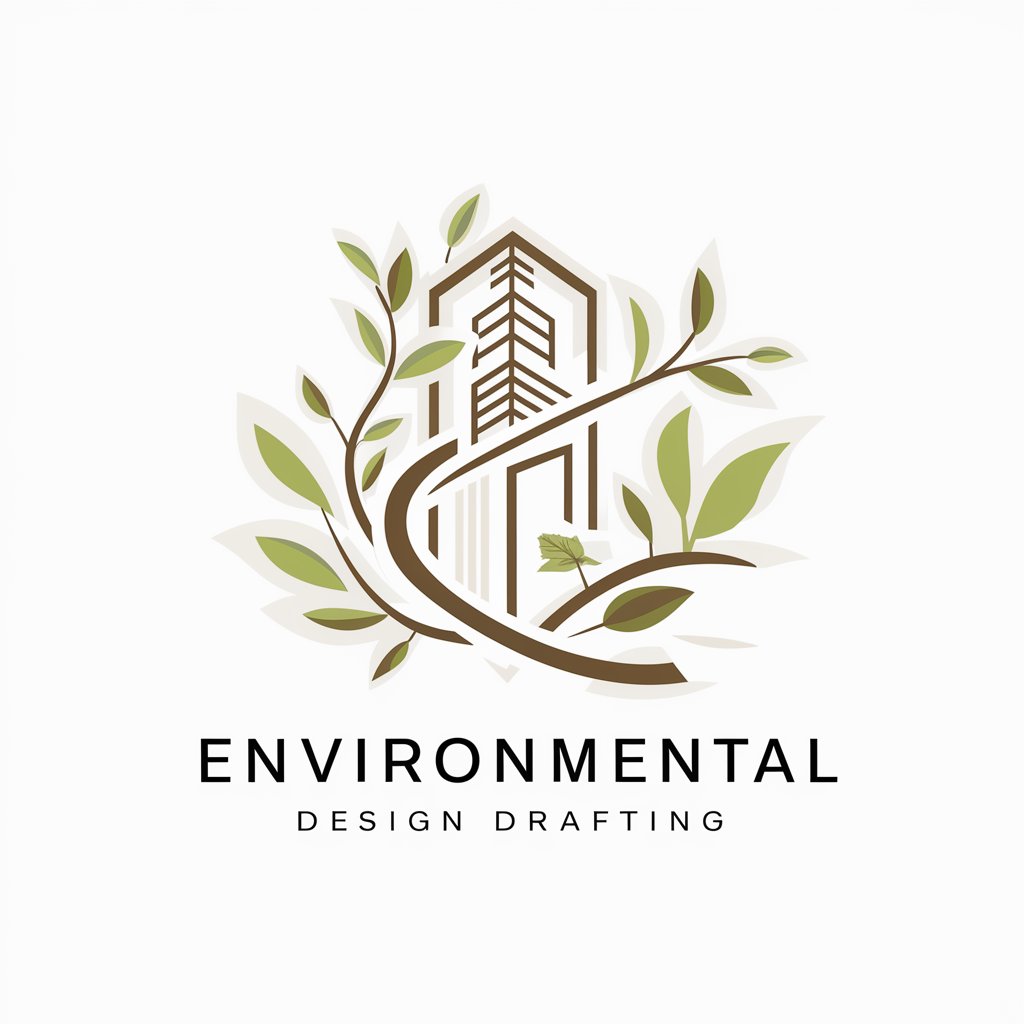
EnviroDesign Draftsman
Expert in environmental design drafting, blending creativity with cultural and practical insights.

Architecture
Architectural assistant for creating diagrams and designs

Eco Urban Visionary
Leading expert in sustainable urban planning, offering innovative, comprehensive solutions.
20.0 / 5 (200 votes)
Introduction to Environmental Design
Environmental Design focuses on creating spaces and structures that are both sustainable and aesthetically pleasing. It integrates architecture, landscape architecture, and interior design with sustainable practices to minimize environmental impact while enhancing human well-being. Environmental design involves the use of eco-friendly materials, energy-efficient systems, and thoughtful site planning to reduce carbon footprints, promote biodiversity, and ensure that spaces are healthy and productive for their users. Examples include green buildings certified by LEED (Leadership in Energy and Environmental Design), urban parks that enhance local ecosystems while providing recreational areas, and interior spaces that use natural light and plants to improve air quality and occupant mood. Powered by ChatGPT-4o。

Main Functions of Environmental Design
Sustainable Architecture
Example
The design and construction of buildings that use energy-efficient materials, renewable energy sources like solar panels, and water-saving technologies.
Scenario
A new office building incorporates solar panels, green roofs, and efficient HVAC systems to reduce energy consumption and create a healthier workspace.
Eco-friendly Urban Planning
Example
Planning cities and communities that prioritize green spaces, pedestrian pathways, and public transportation to reduce reliance on cars and decrease urban heat island effect.
Scenario
A city redesigns its downtown area to include more bike lanes, pedestrian zones, and community gardens, improving air quality and fostering community engagement.
Sustainable Landscape Design
Example
Creating outdoor spaces that use native plants, sustainable water management practices, and habitat restoration to enhance biodiversity and outdoor enjoyment.
Scenario
A public park is redesigned to include native plantings, rain gardens, and natural play areas, offering an educational and recreational space that supports local wildlife.
Ideal Users of Environmental Design Services
Architects and Builders
Professionals looking to incorporate sustainable practices into their projects, from residential homes to commercial buildings, can benefit from environmental design to meet and exceed green building standards.
Urban Planners and Municipalities
Those responsible for the development and management of urban spaces, including parks, transportation, and housing, can use environmental design principles to create healthier, more sustainable communities.
Business Owners and Corporations
Organizations aiming to demonstrate corporate social responsibility by minimizing their environmental footprint and creating healthy work environments for their employees.
Homeowners
Individuals seeking to reduce their environmental impact and improve the sustainability and livability of their personal living spaces through eco-friendly materials and energy-efficient designs.

How to Utilize Environmental Design
Start Free Trial
Access yeschat.ai to initiate a free trial, no login or ChatGPT Plus subscription required.
Identify Needs
Determine your specific environmental design needs, such as sustainable architecture, landscape design, or interior sustainability.
Explore Features
Familiarize yourself with the tool's features, including sustainable materials database, design simulation tools, and eco-friendly design tips.
Apply Insights
Utilize the provided insights and recommendations to plan and implement sustainable design projects effectively.
Iterate Design
Use feedback and simulation results to refine your designs, ensuring they meet both aesthetic and environmental standards.
Try other advanced and practical GPTs
Sustainability
Empowering sustainable decisions with AI
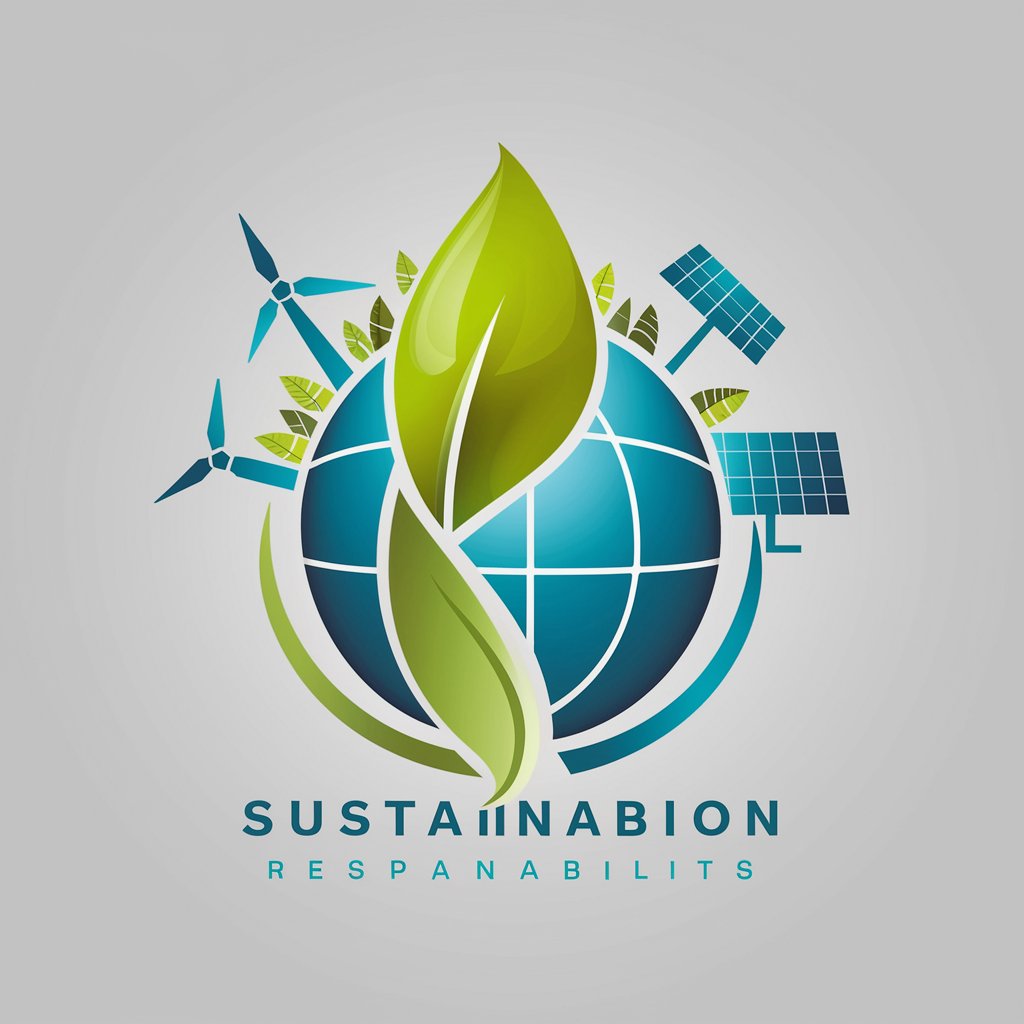
Chief Sustainability Officer
Empowering Sustainable Decisions with AI
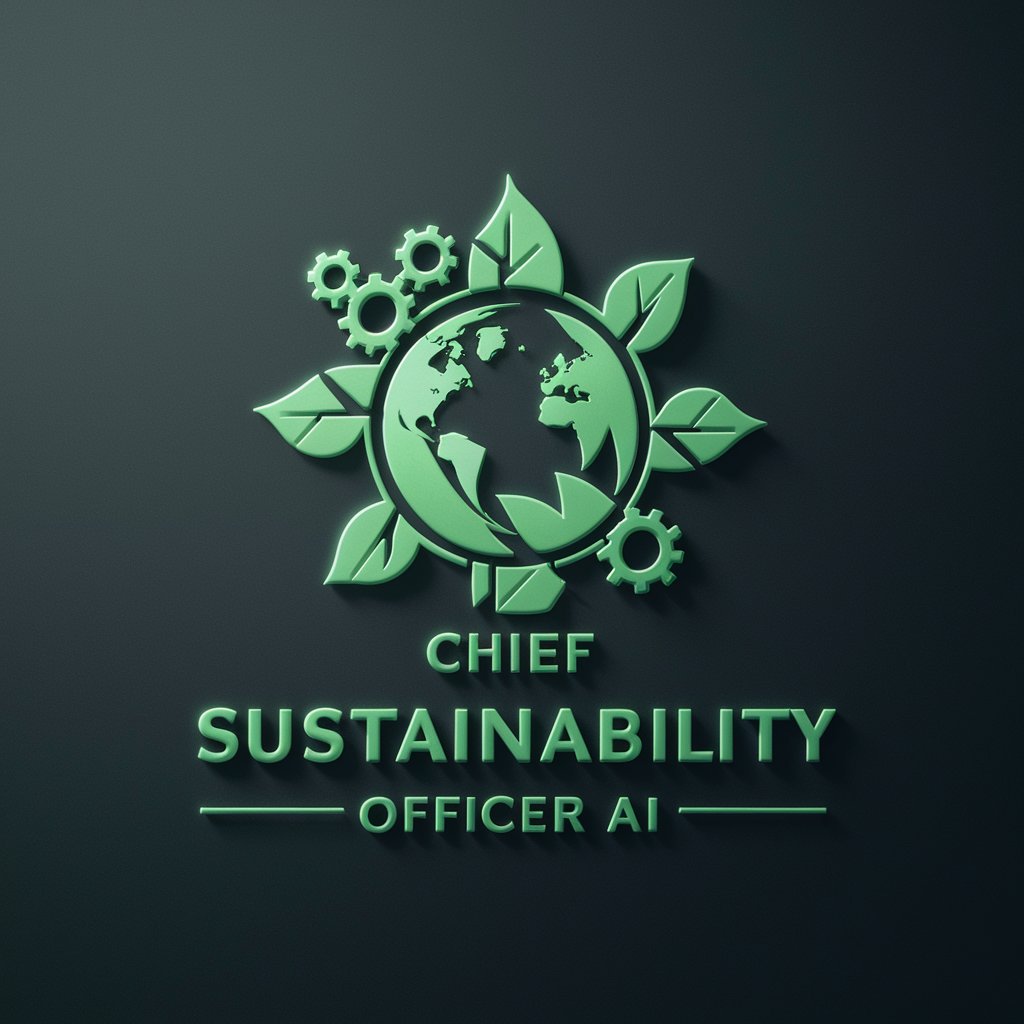
Mystic Guide
Empowering insights with AI mysticism

Nature
Unlock the Secrets of Nature with AI

Cannabis Waste Reduction GPT
Revolutionizing cannabis waste management with AI.

Apiana Framer
Empower Your Code with AI

Cynthia Diamond
Empowering creativity with AI brilliance.

Sustainable Fashion Creator
Crafting Eco-Chic with AI
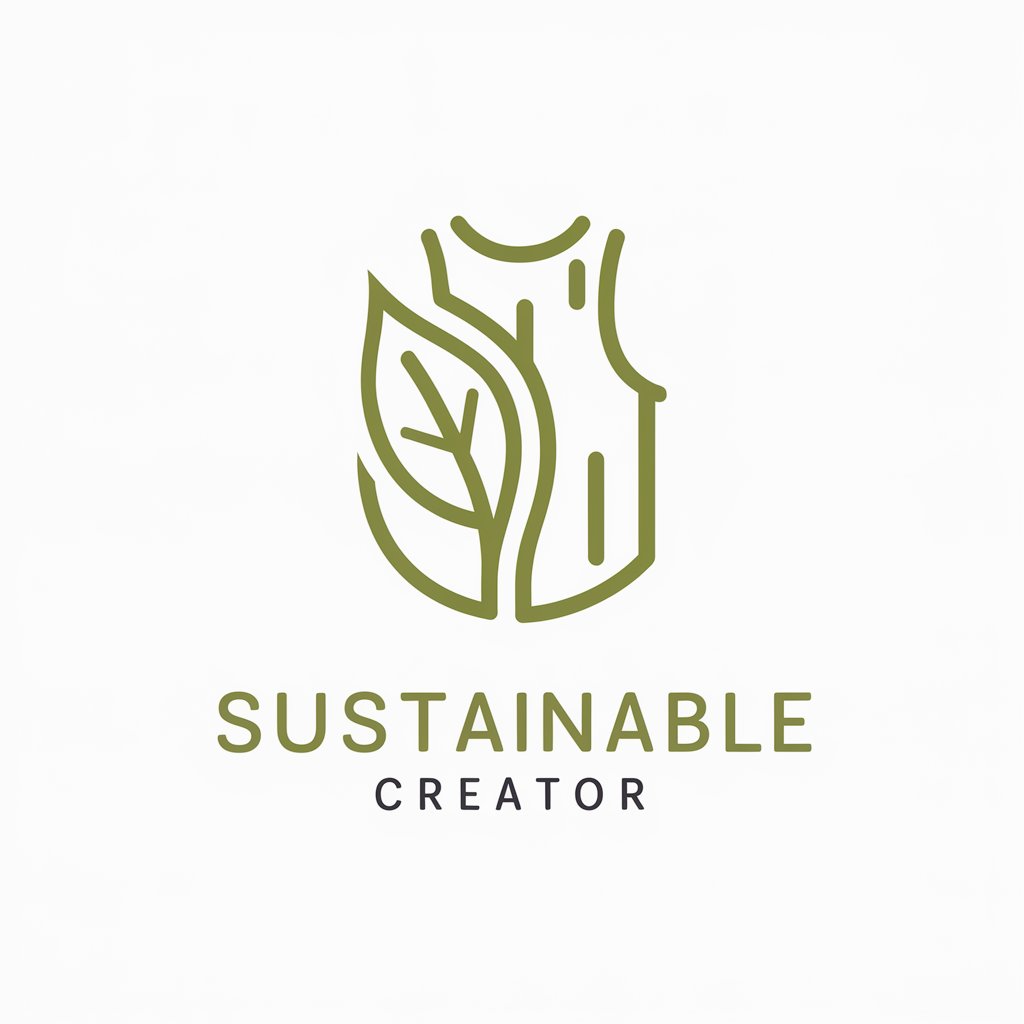
IKITOMU Circular Sage
Empowering eco-friendly decisions with AI wisdom.
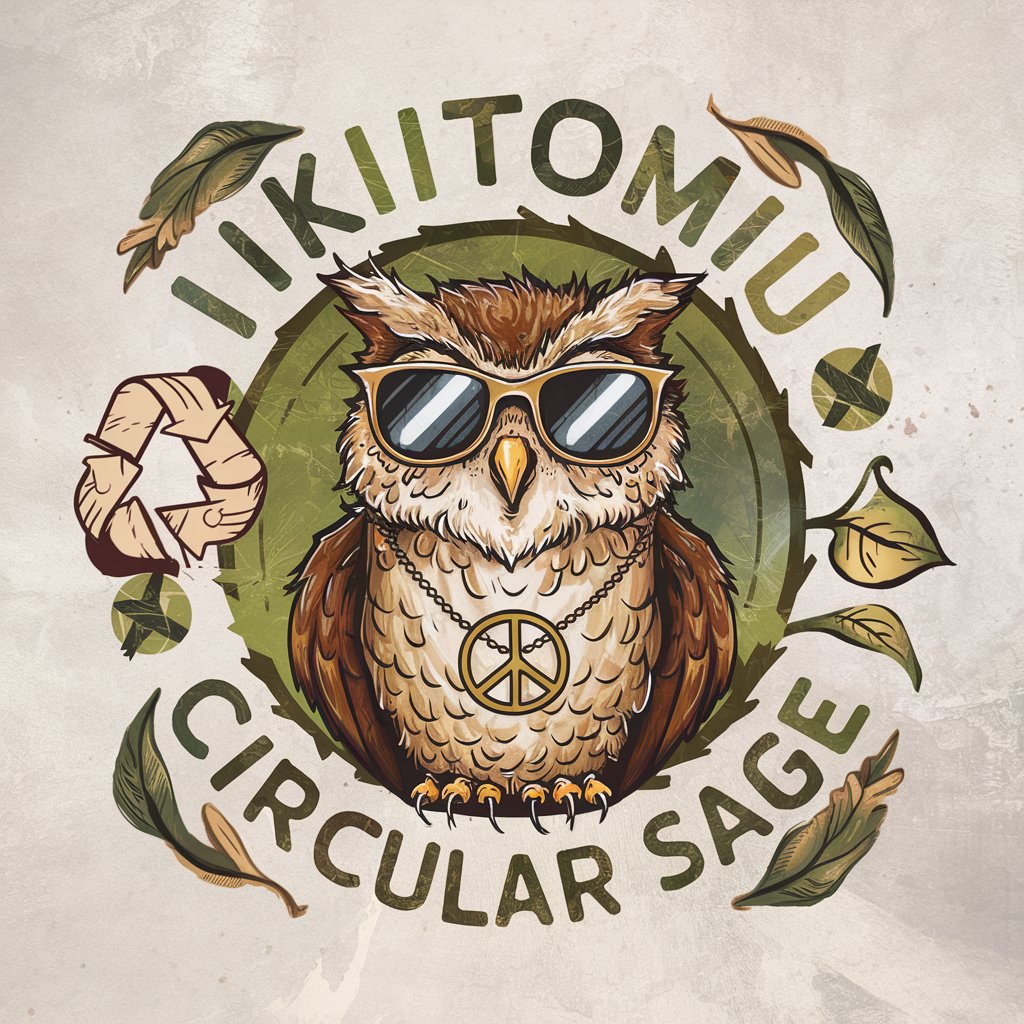
Sustainable Energy Expert
Empowering sustainability with AI-driven insights.
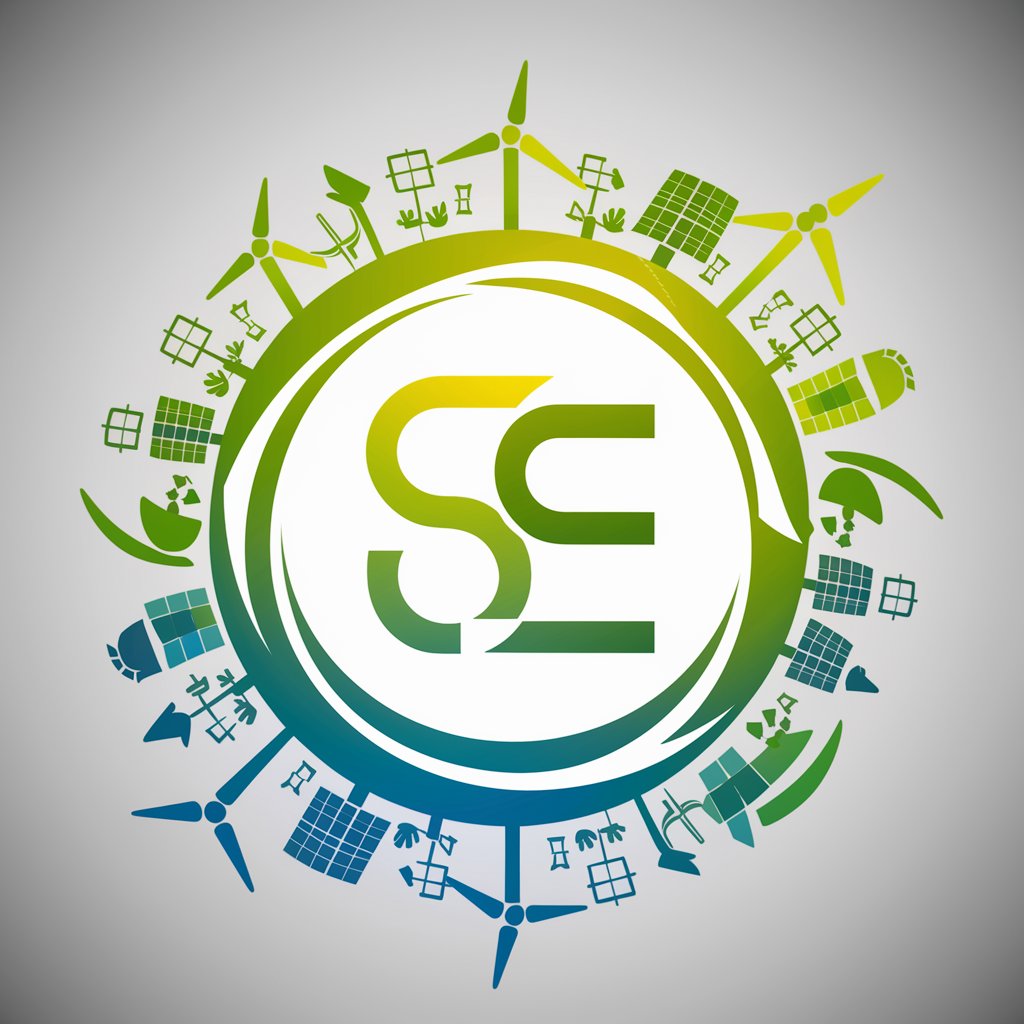
Solar Power
Illuminate Your World with AI-Powered Solar Insights

Green Smoothie Guru
Blend Your Way to Health with AI

Environmental Design Q&A
What is Environmental Design?
Environmental Design focuses on creating spaces and structures that are environmentally sustainable and aesthetically pleasing. It integrates eco-friendly practices and materials into the design process to minimize environmental impact.
How can Environmental Design contribute to sustainability?
It contributes by promoting the use of renewable resources, enhancing energy efficiency, reducing waste, and ensuring that spaces are healthy for occupants and the environment.
What are common tools used in Environmental Design?
Common tools include software for energy modeling, material databases for sustainable options, and design platforms that support green building certifications like LEED.
Can Environmental Design be applied in urban planning?
Yes, it plays a crucial role in urban planning by creating resilient and sustainable urban environments through green infrastructure, efficient transportation systems, and sustainable land use.
What are the benefits of using Environmental Design in residential projects?
Benefits include reduced energy and water usage, lower operating costs, improved indoor air quality, and an overall healthier and more sustainable living environment.
